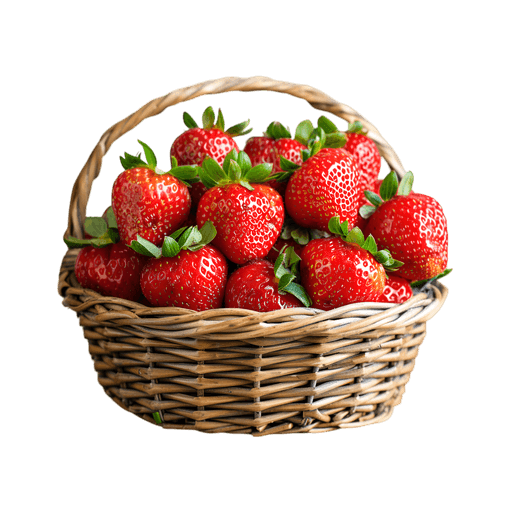Feb 13, 2025
Global agriculture and food production are under pressure from increasing population, rising urbanisation, decreasing arable land, and climate change. The COVID-19 pandemic aggravated food insecurity risks, particularly in developing countries and regions like South Asia, Latin America, the Caribbean, and Sub-Saharan Africa.
We live in an increasingly urbanised world. Some projections state that 60% of the world's population will live in urban areas by 2030. Cities in developing regions aren't well equipped to provide sustainable sources of adequate and nutritious food for large populations, and that was before the pandemic. There's a need for more resilient food systems and strengthened urban agriculture. Home gardening is one way to achieve this.
The Need
When the pandemic hit, global food chains were hit. But something emerged - a global gardening boom. Plants, flowers, herbs, and vegetables bloomed and sprouted in backyards and balconies worldwide. There's even some research to back this up. An analysis of Google Trends and infection data showed that interest in gardening tended to peak just as infections rose.
On a basic human level, people sought comfort in gardening to distract themselves from the stresses of the pandemic. It was a way to relax, stay active, and connect with nature. Some found value in growing their own food.
The Basics
Home gardens aren't new concepts. They've existed in some form since prehistoric times. The most important characteristics of home gardens are their location adjacent to homes, association with family activities, and growing a variety of produce to meet personal or family needs.
To talk about home gardens, we need to understand urban agriculture first. It's defined as different forms of agricultural production within or around cities. They are outdoor urban farms, hydroponic or aquaponic indoor production, rooftop gardens, and nurseries. Then, there are community gardens within city limits to grow vegetables and raise livestock.
Urban gardens take various forms, including public gardens and urban forests. On a smaller scale, they also include home/family gardens in people's backyards. These are usually small outdoor areas with a planned space set aside for cultivation.
They're also normally associated with family use with combinations of perennial and annual plants. They're not necessarily intended as a commercial activity but for self-sustenance.
Here are some advantages of home gardens:
It's environmentally friendly. Commercial farming consumes resources and increases emissions. There's a lot of equipment necessary. That's not the case with home gardens. The produce doesn't need to travel thousands of miles. In fact, you're sequestering carbon by growing food on your property.
Better nutrition. Commercial agriculture is based on the concept that foods should look a certain way and be genetically structured to travel long distances. But this doesn't translate to good nutrition. Growing food in home gardens means managing soil conditions without harmful chemicals that make their way into the produce.
It's self-sustaining. If you've got a well-maintained home garden, then you might not need to shop as much for vegetables or fruits. You can grow as little or as much as you need.
It's great for physical and mental health. Home gardening is a surprisingly effective form of exercise. It uses all the major muscle groups. It's also a way to disconnect from daily stresses and engage with nature.
If you're planning to have your own home garden, there are a few things to keep in mind:
Location: Choosing a perfect spot is essential. Sunlight should be the top priority since most vegetables need at least 6 hours of direct sunlight daily. Some leafy greens, like lettuce, can handle some shade.
Garden soil: Well-drained, slightly loamy soil that balances silt, clay, and sand is the best approach. Compost will help increase the organic matter and boost production.
Watering strategies: The most environmentally friendly way is drip irrigation. It goes directly to the plant's roots and minimises waste through evaporation.
The future
While home gardens have traditionally focused on household consumption, there's arguably untapped potential as a source of income. They could be hidden economic opportunities. If linked to local markets, home gardeners could sell surplus produce. While the structure, functions, and contributions of home gardens will vary across geographic regions, there's a real overlap in its beneficial elements.
To recognise the potential and value of home gardens, the entire process should be more accessible with policy support from local governments and educational awareness from experts and NGOs. At Smart Grow Farms, we're committed to spreading the word about why home gardens aren't just a leisure activity. They're essential for the environment and food security.
Get more Insights
Get the latest on health, sustainability, and farming, delivered right to your inbox.


